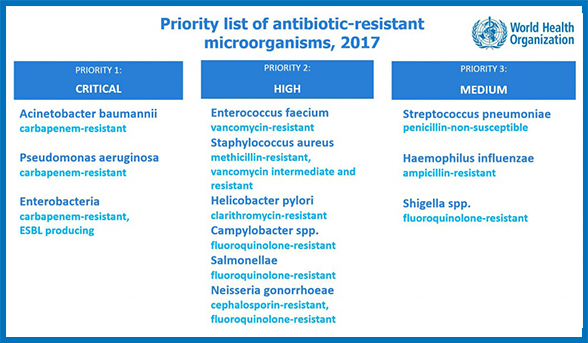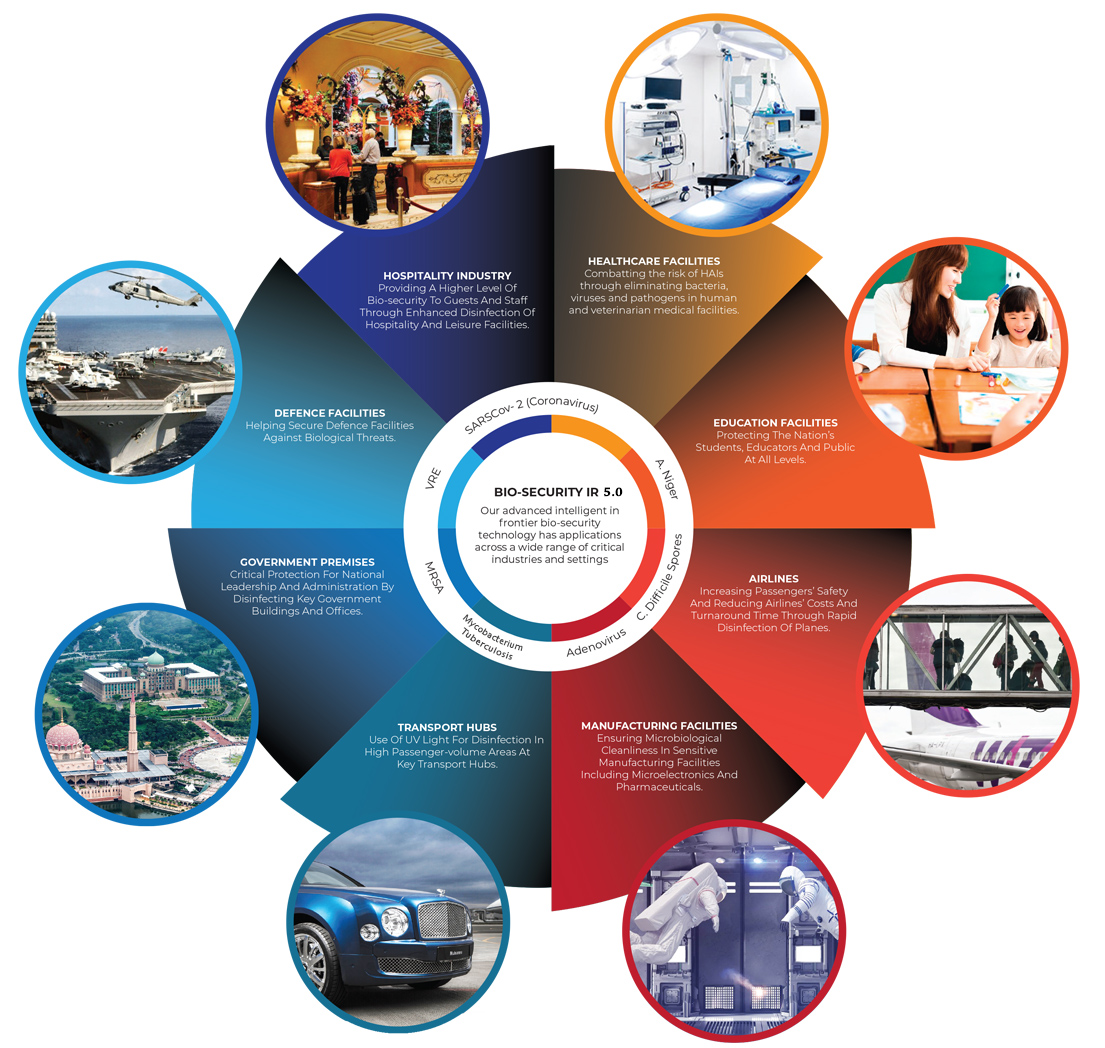
Healthcare-associated infection (HAI), also referred to as "nosocomial" or "hospital" infection. HAI is acquired by patients while receiving care and represents the most frequent adverse event. However, the global burden remains unknown because of the difficulty to gather reliable data. In many settings, from hospitals to ambulatory and long-term care, HAI appears to be a hidden, cross-cutting problem that no institution or country can claim to have solved yet. HAI surveillance is complex and requires the use of standardized criteria, availability of diagnostic facilities and expertise to conduct it and interpret the results. Surveillance systems for HAI exist in several high-income countries but are virtually nonexistent in most low- and middle-income countries. (World Health Organization. Patients Safety. Report on the Burden of Endemic Health Care-Associated Infection Worldwide 2011).
HAI are widely spread in every country of the world, leading to increased patients’ mortality and disablement, which means raising the expenses of their treatment and mitigation of consequences. HAIs are the most common work-related disorder among professionals.

√ Formation of a hospital environment with a large variety of highly resistant microorganisms and the presence of patients, strongly susceptible to infectious organisms.
√ Increased share of patients with infectious diseases caused by multiresistant microorganism strains (MRSA, VRE, P. aeruginosa, Proteus, C. difficile, Klebsiella and others), non-susceptible to antimicrobial agents and chemical disinfectants.
√ Insufficient efficiency of traditional disinfection methods and their use policies.
√ Lacking implementation of modern highly-efficient equipment for room disinfection at healthcare facilities.

n the recent year, Centres For Disease Control and Prevention (CDC) and World Health Organisation have come out with the alarming announcements concerning the emerging resistance of several pathogens to antibiotics, which commonly infections occur in the healthcare environments.
Bio-security IR 5.0
At Biowave, we are bringing the latest technology with ultra-fast disinfection solution, a Bio-security IR 5.0 to fight against the harmful environmental pathogens and those causing the HAI.
Our solution, Yanex pulsed-xenon UV light are proven to kill more than 99.9% of pathogens such as Sars-Cov-2 (Covid-19), Adenovirus, VRE, C. Difficile and many other microorganisms that commonly found in the healthcare environment. Our technology’s efficiency have been quoted in more than 60 research studies and more than 50 clinical tests were conducted all over the world, with tests done on more than 100 types of microorganisms. Importantly, we are well certified with ISO 1348:2016 and ISO 9001:2015.
Our solution are well implemented in various areas such as the healthcare facilities, education facilities, airlines, manufacturing facilities, transport hubs, government premises, defence facilities and the hospitality industry.

Yanex pulsed xenon UV units series are used for rapid indoor air and open surfaces disinfection from all kinds of pathogens with efficiency of over 99.9%.
Year long experience of units' use demonstrates considerable decrease of healthcare-associated infections incidence at health care facilities, as well as improvement of operational environment at manufacturing facilities and production.
The units are highly efficient for:
√ Disinfecting the rooms that require high - over 99.9% - decontamination efficiency: surgery suits, postoperative wards, labor and postnatal wards, aseptic rooms, intensive care units, natal rooms, clean areas at Central sterile store department;
√ If any highly resistant microorganisms and viruses, including their sporous forms and unsusceptible strains, are present in the room;
√ Disinfecting the rooms with high risk of surfaces contamination with biological material (blood, sputum, urine etc.);
√ Disinfecting the rooms with constantly growing microbial load in the air and on surfaces;
√ Urgent and routine disinfection of rooms and their preparation for further use: in between surgeries, interventions, patient's attendances, in patient's rooms after discharge of transfer of patients, in clean rooms during routine breaks.